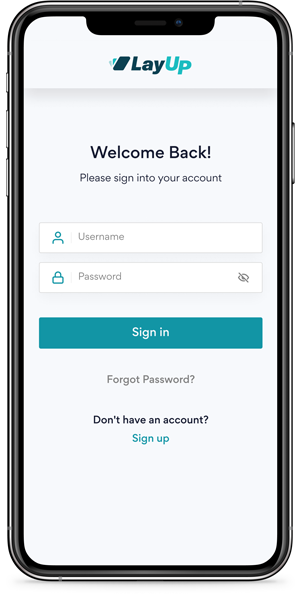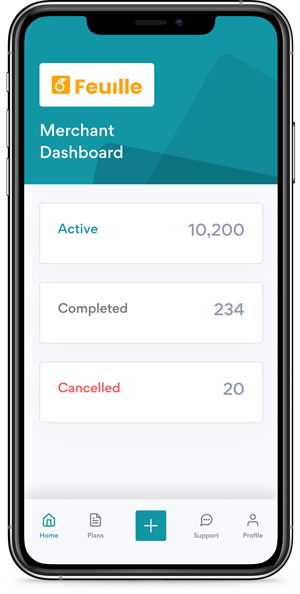Digitising Financial Services: A Tool for Financial Inclusion in South Africa
Could you buy a car or a house without taking out a loan? Most of us couldn’t. And what about covering emergency healthcare costs without insurance? It’s the same challenge. For those without access to financial services, saving enough to cover bills—let alone build wealth—is nearly impossible. This is where the significance of financial inclusion comes in—on a global scale.
Financial inclusion is a significant issue around the world. Nearly a billion and a half people living in emerging economies don’t have access to formal savings and credit. They pay for everything in cash, have no secure way to save and invest their money, and rely on informal lenders and personal networks for credit.
“Financial inclusion means that individuals and businesses have access to useful and affordable financial products and services that meet their needs – transactions, payments, savings, credit and insurance – delivered in a responsible and sustainable way.” — The World Bank
According to the World Bank, in developing countries, more households own mobile phones than have access to electricity or clean water. The number of Internet users has more than tripled in the last decade in developing countries, from 1 billion in 2005 to an estimated 3.2 billion at the end of 2015. In tandem with this development is the increase in access to financial services.
Why Financial Inclusion Matters
Financial inclusion means providing access to affordable, appropriate financial services for all individuals, particularly the underserved and unbanked. This access is crucial because it empowers people to save, invest, and manage their money more effectively, ultimately leading to improved livelihoods, economic stability and even greater growth. It’s a key driver of economic development and social progress for many, especially in developing countries like South Africa.
In this economy, financial inclusion is not merely a buzzword—it’s a tool for transforming lives and communities. At its core, it offers incremental and complementary solutions to tackle poverty, promote inclusive development, and contribute to achieving the Sustainable Development Goals (SDGs). As a topic of growing global importance, policymakers, development partners, governments, and financial institutions are increasingly looking to understand its impact and potential.
In essence, it’s more than just the ability to open a bank account, make a payment, or get a loan. It’s also a means to an end. It can bridge the divide between economic opportunity and economic achievement. We are at a precipice and meaningful opportunity to counteract centuries of marginalisation—and create opportunities for overall economic growth.
“Financial inclusion has brought significant progress globally and unpacks the key issues regarding financial inclusion in a digital era.” — SAIIA
ALSO READ: Navigating the Future of Payments: Innovations Shaping South Africa’s Fintech Landscape
Sub-Saharan Africa: A Case Study in Growth
Over the past decade, Sub-Saharan Africa has made impressive strides in financial inclusion, much of it driven by the widespread adoption of mobile money accounts. These accounts have provided millions of previously unbanked individuals access to financial services, allowing them to participate more fully in the economy. But yet, despite this progress, there are still apparent gaps, particularly regarding equal access based on gender, income, education, and age.
Digital payments are becoming more and more common across the SSA region, yet millions of adults continue to rely on cash for everyday transactions. Promoting the digitalisation of payments presents a significant opportunity to increase financial inclusion further. Expanding access to digital financial services can help bridge the gap and bring more people into the formal financial system.
ALSO READ: Cash Is King – a South African Adage – and Why
Financial Inclusion as a Strategy for Development
The South African government sees financial inclusion as a key driver of poverty reduction, job creation, and economic equality. Hence financial inclusion is a crucial strategy for achieving the National Development Plan Vision 2030 goals. This plan envisions a future where 90% of the population has access to transactional financial services and saving facilities, up from the current 63%.
According to research, financial inclusion can notably contribute to economic development, reduce income inequality, and lift households out of poverty. An inclusive financial system can enhance the efficiency and welfare of individuals and communities by providing access to secure savings, credit, and insurance.
The Role of Digital Financial Services
The rapid growth of digital financial services over the past decade has fundamentally changed how transactions are conducted. Digital platforms offer consumers, businesses, and governments convenience, efficiency, and security when accessing their funds. Mobile phones, in particular, have become the primary tool for accessing financial services, with mobile banking surpassing traditional branch visits in many parts of the world.
In Sub-Saharan Africa and other developing regions, mobile money has emerged as a leading driver of financial inclusion. The region now boasts twice as many mobile money accounts as traditional bank accounts per 1,000 adults in low-income economies. This shift highlights the potential of digital financial services to bring millions more into the formal financial system, helping to achieve broader economic and social goals.
Looking Forward: The Future of Financial Inclusion
As we look to the future, the importance of financial inclusion cannot be overstated. While significant progress has been made, much work remains to be done. The need for innovative solutions is clear, with an estimated 1.7 billion adults globally remaining unbanked.
The ongoing digital transformation presents an unprecedented opportunity to expand financial services to those who have been historically excluded. By embracing digital financial services, we can create a more inclusive economy that benefits everyone, from individuals to entire communities.
At LayUp, we are committed to participating in this journey towards greater financial inclusion. By leveraging technology and innovative payment solutions, we aim to make financial services more accessible, affordable, and inclusive for all.
Stay Connected:
Follow LayUp’s Level Up for more insights and updates on how we’re contributing to financial inclusion and empowering communities through innovative payment solutions.


